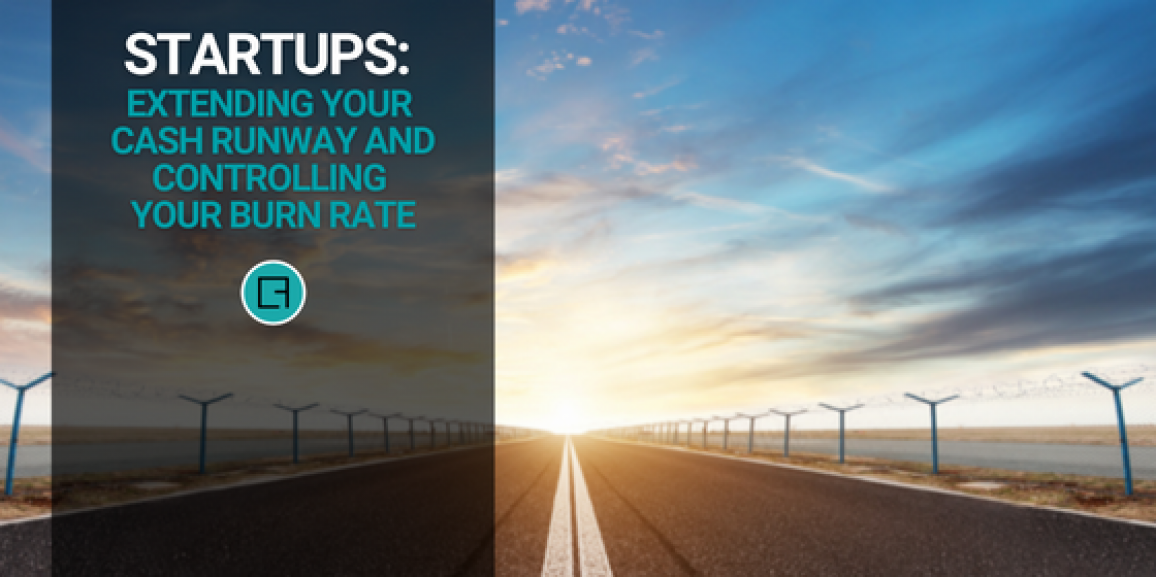
A 2021 report from tech insights platform CB Insights revealed that running out of Cash or failure to raise capital remains the most-cited cause of why startups cease to exist. With startup funding slowing down (VC investment in Australian tech firms fell by 52% in June 2022), it wouldn’t be surprising if more companies see themselves sharing the same grim fate. Additionally, the country’s economy is expected to “grow slower” than it ever has outside of a recession.
In times of uncertainty, as a business owner, you must focus on strategies to expand your liquidity and keep the organisation afloat. One way of doing this is closely monitoring and improving the startup’s cash flow.
The most critical metrics for a startup or any business in its early stage are cash runway and cash burn rate.
Cash Runway and Cash Burn Rate
Cash Runway refers to how long a company can operate (provided it won’t have fresh capital) before running out of Cash.
For example, your startup has a cash runway for six months. This means it can operate at the current spending levels for the next six months before it will need to raise additional funds to continue operations.
Cash Burn Rate is the rate at which a startup spends its venture capital for overhead expenses before generating positive cash flow from its operations.
Read more: 20 Financial Terms Every Entrepreneur Must Know.
Computing Cash Runway and Cash Burn Rate
To compute your cash runway, you should first understand your cash burn rate. To get the Cash Burn Rate, first calculate the Gross Burn Rate – the amount of Cash the business spends each month (e.g. rent, salaries, cost of supplies).
Gross Burn Rate = Total Variable Expenses + Total Fixed Expenses
(Monthly) Cash Burn Rate = Cash Received – Gross Burn Rate
A quick way to calculate the cash burn rate is to see your cash balance in the bank account or accounting system at the start of the month and compare it to the cash balance at the end of the same month. The difference between the two is your cash burn rate.
To compute the Cash Runway, determine the amount of Cash your company has in the bank account and divide it by the Cash Burn Rate.
Cash Runway = Cash Balance/Burn Rate
For example, if you have $400,000 in the bank and are burning $100,000 monthly, you have a four-month cash runway.
Understanding how long your cash runway is is essential, especially for early-stage startups. Say you just raised a seed funding round; this capital would likely be used to develop a viable product instead of driving revenue. This means you’re burning cash – spending more money than you’re making.
If you don’t keep a close eye on your runway, you could run out of cash sooner than later. Running out of runway means you can’t pay your staff, and you won’t have the funds to develop and market your product. In short, the runway’s end is (most likely) the end of the business.
How much runway should a startup have?
If you search online, many articles suggest that startups should have a runway of 12 to 18 months to allow them to complete their essential projects and have time to acquire additional funding. However, note that this is not a fixed number, as startups should aim to have cash on hand between funding rounds. A cash runway of 18 to 24 months might be more appropriate for other startups.

Ways to Extend Your Runaway
The reality for most new startups is that it takes time to have a positive cash flow, and raising additional capital isn’t a walk in the park either. If you want to get more of the money you currently have, here are strategies that can help increase your runway and control cash burn.
Look for alternative ways to increase sales.
Try experimenting with methods that will help drive more sales without significantly increasing costs, such as upselling to current clients, charging for new features/add-on services, or applying different pricing models.
Monitoring and streamlining your accounts receivable process also helps increase cash flow.
Cut unnecessary expenses.
Your operating costs directly affect your runway and burn, so reviewing your costs and cutting non-essential expenses should be your focus. What are the items that you can easily cut or reduce? Are there fixed expenses (e.g. rent, vendor payments) that you can renegotiate?
Consider other financing options.
While VCs and angel investors are great ways to get funding for your startup, there are other easy methods to get capital without giving up equity – this includes crowdfunding, applying for a loan, revenue-based finances, and grants. The key here is identifying which is the right fit for your business.
Need Help Extending Your Runway?
There are more ways to extend your cash runway to get your startup to take off. Contact us if you’re unsure how to do this or don’t know where to start. Our numbers wiz, who specialise in startups, can help.





